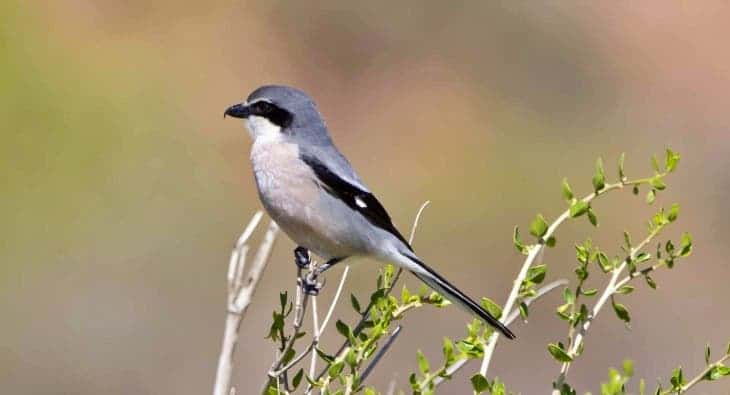The climate crisis is kicking in across the world and plants and animals are among the most affected, according to new research, which estimated that one out of three species could face extinction by 2070 because of the rising temperatures.

The estimation, published in the journal PNAS, was obtained by combining information on recent extinctions of climate change, species movement rates and different projections of the future climate.
Cristian Román-Palacios and John J. Wiens, both in the Department of Ecology and Evolutionary Biology at the University of Arizona, analyzed data from 538 species and 581 sites worldwide.
They focused on plant and animal species that were surveyed at the same sites over time, at least 10 years apart, and discovered that 44% of the 538 species had already become extinct at one or more sites.
“By analyzing the change in 19 climatic variables at each site, we could determine which variables lead to local extinctions and how much change a population can tolerate without becoming extinct,” Román-Palacios said in a statement. “We also calculated how quickly populations can move to try to escape rising temperatures.”
The researchers decided to use the annual maximum temperatures as the main variable to explain if the population of a species becomes extinct. They discovered that average annual temperatures had smaller changes at sites with local extinction, although average temperatures are widely used as an indicator of general climate change.
“This means that the use of changes in average annual temperatures to predict the extinction of climate change could be positively misleading,” said Wiens in a statement.
This isn’t the first-time researchers look at the effects of climate change in animal and plant species. But in the past, the focus used to be the migration of animals to colder parts of the world as a way to deal with the growing temperatures – a trend already registered in many countries.
Nevertheless, the authors of the current study discovered that most species will not be able to disperse fast enough to prevent extinction, depending on their past movement rates. They estimated that about 50% of the species had local extinctions with a maximum temperature growth of 0.5ºC.
“If we stick to the Paris Agreement to combat climate change, we could lose less than two in 10 species of plants and animals on Earth by 2070. But if humans cause greater temperature increases, we could lose more than a third or even half of all animal and plant species,” Wiens said.
The Paris Agreement on climate change, signed in 2015, has the goal of limiting temperature increase to 2ºC to avoid the worst effects of global warming. Nevertheless, countries haven’t shown enough ambition yet and the temperature is estimated to reach at least 3ºC.
Global populations of fish, birds, mammals, amphibians, and reptiles decreased on average by 60% between 1970 and 2014, the most recent year with available data, according to the WWF Living Planet Index. The decrease affects the services that nature provides worldwide, such as fresh air and drinking water.


